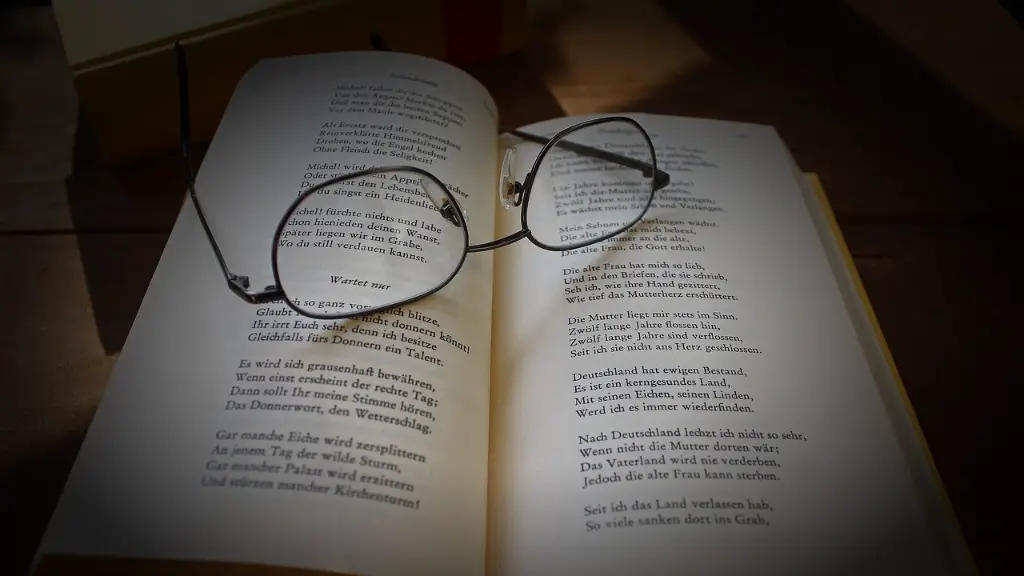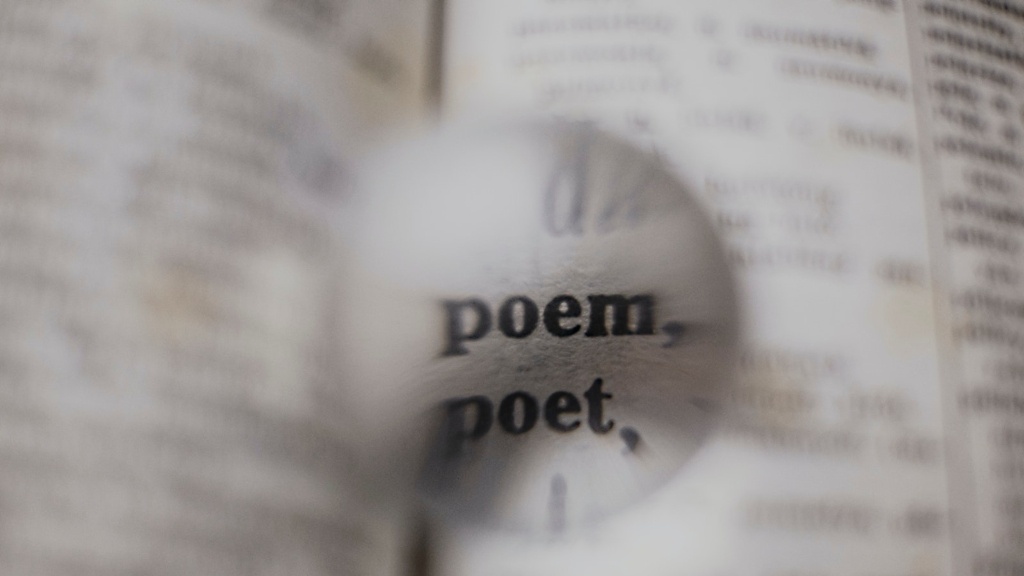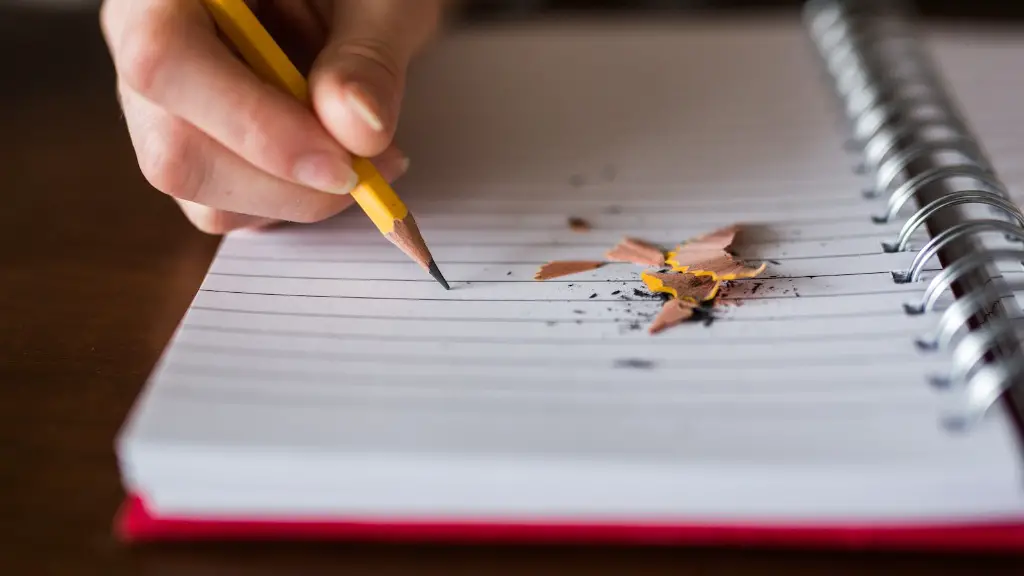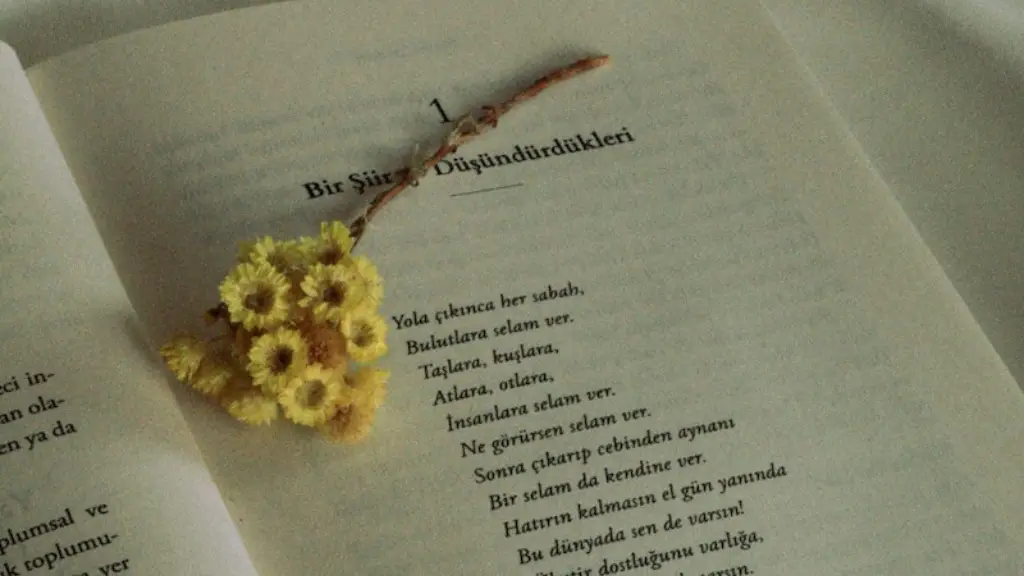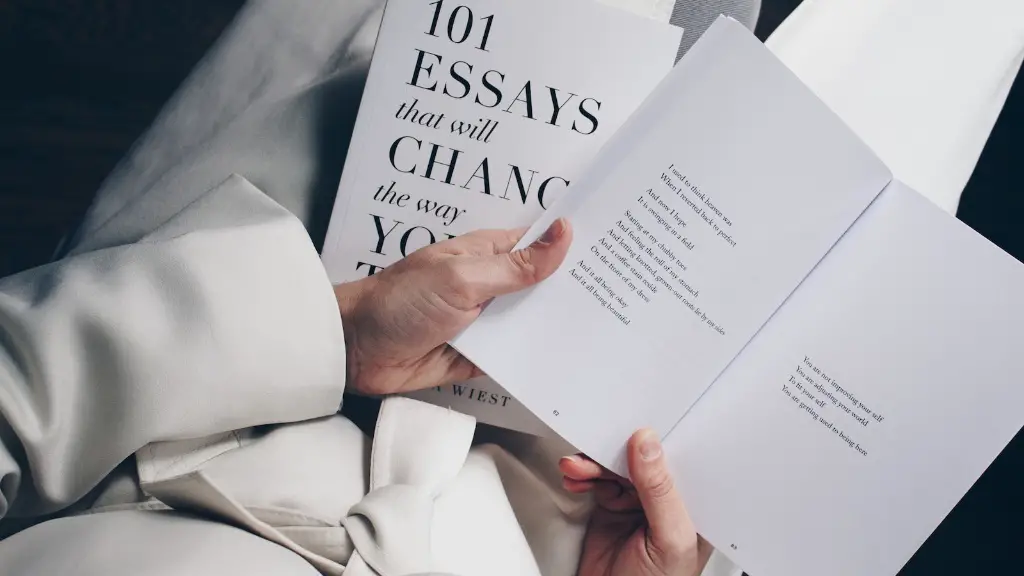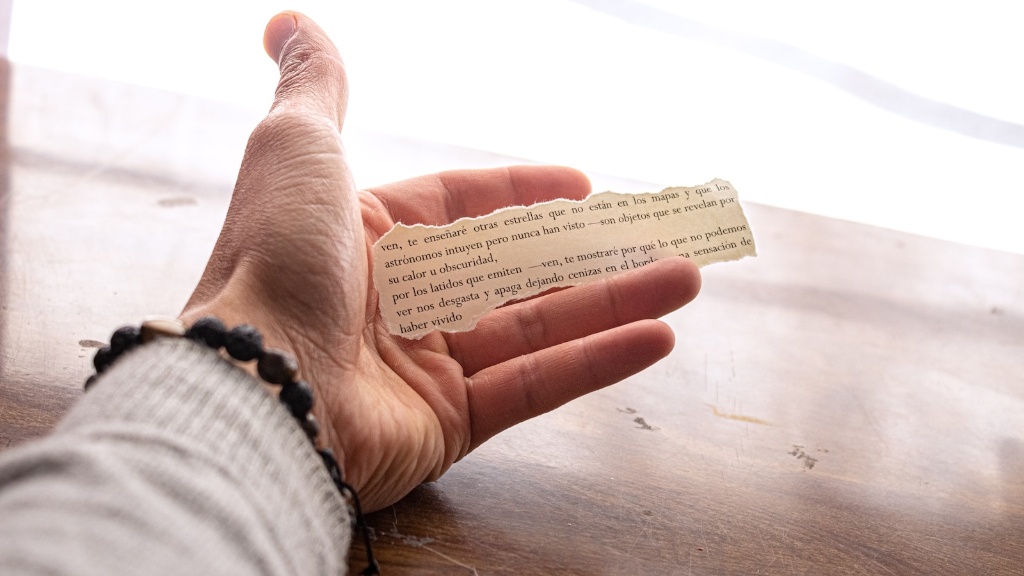Understanding Alliteration
Alliteration is a form of language technique used in many types of poems. It is the recurring of initial consonant sounds in consecutive words, to create a tempo, rhythm and mood in a piece of poetry. It has been used for centuries by some of the world’s greatest poets and writers, as a way to emphasize certain lines and create a memorable effect.
Alliteration is used to draw attention to words in a poem and make them stand out, thus making them easier to remember. This can make a poem more powerful and effective, as readers are more likely to remember certain passages or lines of poetry. It can be used in combination with other types of literary devices such as metaphor, simile and personification to create an even more effective poem.
In literary works, alliterations usually come in the form of poetic lines or phrases, such as “The sea is singing silver and shattering serenity”. This phrase not only uses alliteration, but also utilizes a number of poetic techniques to create a vivid mental image. By using alliteration to draw attention to the important words, the idea is reinforced and deeply embedded into the mind of the reader.
Alliteration can also be used to make a sentence sound more rhythmically pleasing. For example, the phrase “The road rumbled with roaring rain” has a certain lilt to it and creates a mental image of a stormy evening. The alliteration helps to draw attention to the words and the idea being conveyed, and the rhythm and cadence of the sentence amplifies this effect.
Alliteration can also be used to accentuate certain characters in a story or poem. For instance, the protagonist of a story might often be described using alliteration in order to emphasize his or her importance. This technique can also be used to emphasize a certain message or idea, as it draws attention to words or phrases and reinforces them.
In addition to accentuating characters, alliteration can be used in satire or irony. The use of alliteration can add humor and wit to a piece of writing, which can be useful when the author wants to bring out his or her opinion in a subtle and humorous way.
Emotive Impact of Alliteration
Alliteration can also be used to evoke certain emotions in the reader. It can create a feeling of nostalgia, for instance, in a piece about childhood memories. By using words that start with the same letter, the reader will be reminded of the time in which the event occurred, and this will create a powerful emotional response.
Alliteration can also be used to signify excitement or anger. By repeating the same sound or word throughout a passage, the reader will be drawn into the story and will be able to feel the same emotions that the characters are feeling. This technique can be especially useful in melodramatic or comedic passages, as it can evoke the same kinds of emotions in the reader as if they were living the experience themselves.
Alliteration can also be used to create feelings of awe or wonder. By repeating certain sounds or words in a poem, the reader will be taken back to a moment of discovery or feeling of discovery. This can be used to help bring to life stories or moments from history, as the reader is taken back in time and able to experience what it must have been like.
By using alliteration, a poem can also become more lyrical and melodious. By using a repeating sound, the poem itself can become a kind of music, with a rhythm and cadence that will draw in the reader and transport them to a different place. This can be especially effective when the poetic theme is that of love, as alliterative phrases such as “lovely lips” or “perfectly plump” can really bring to life the experience or emotion.
Types of Alliteration
There are many different types of alliteration that can be used in different forms of literature. One of the most common forms is consonance, which is the repetition of consonants at the beginning of words only. Another form is assonance, which involves the repetition of vowels only. Both of these forms are used to create a rhythm and melody in poetry, and can be used in conjunction with each other in order to create a more powerful effect.
Another type of alliteration is called onomatopoeia, which involves the use of words that imitate natural sound, such as “buzz” or “meow”. These types of words can be used to evoke certain sounds or feelings in the reader, and they can be particularly effective when used in a poem that is focused on a particular type of sound or emotion.
Finally, there is anaphora, which involves the repetition of words or phrases at the beginning of successive lines. This technique is most commonly used in speeches, where a speaker will use words or phrases in the same order as they appear at the beginning of a sentence in order to convey a message. Anaphora can also be used in poetry, as it can be used to create a pattern in the poem or to emphasize certain words and ideas.
Purpose of Alliteration in Poetry
The purpose of alliteration in poetry is to draw attention to certain words and phrases, and to evoke certain feelings and emotions in the reader. It can also be used to create a certain rhythm and melody in a poem, and this can be especially effective when the poem has a certain theme or message. Alliteration is also used to emphasize points and ideas, in order to make them easier for the reader to remember.
The use of alliteration can also be used to give a poem a more dramatic or humorous effect. By using the same sound to emphasize certain words or phrases, it can create a specific mood or atmosphere in the poem. This can be especially useful when the author wants to convey a complex emotion in a concise way.
Alliteration can also be used to make a poem more memorable. By repeating a certain sound throughout the poem, the reader will be drawn in and will be more likely to remember the words. This is particularly useful when a poet wants to make sure that a poem is deeply embedded in the mind of the reader, as they will be more likely to think back to certain lines and passages.
Examples of Alliteration in Poetry
One of the most famous examples of alliteration in poetry is in Alfred, Lord Tennyson’s poem “The Kraken”, which includes the line “Below the thunders of the upper deep”. Here, the “th” sound draws attention to the words and creates a powerful effect, as it emphasizes the power and strength of the sea creature.
Another example can be found in Robert Browning’s poem “My Last Duchess”, which features the line “Courteous, if a little over-courteous”. The repeated “c” sound in this line adds emphasis to the word “courteous”, highlighting the dramatic change in the narrator’s previously courteous nature.
Finally, the poem “Stopping by Woods on a Snowy Evening” by Robert Frost includes the line “Whose woods these are I think I know”. The repeated “w” sound here helps to draw attention to the words and make them memorable, as the reader is more likely to recall the line.
Conclusion of Alliteration in Poetry
Overall, alliteration is an effective way to draw attention to certain words and phrases in a poem, and to emphasize points and ideas. It can also be used to evoke certain emotions or create a certain atmosphere in a piece of writing. Alliteration is a versatile and powerful technique, and understanding how it works can help a poet make their work memorable and powerful.
